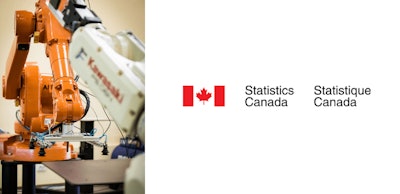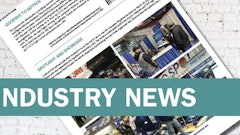
Ottawa, Ontario — A Statistics Canada study was conducted on the rise and fall of employment due to automated, or robotic, workers since the late 1990s, and the results may surprise you. Although the dominant strain of thought is that increasing automated workers will leave less jobs for humans, but this has not been the case in Canada.
The study shows that, “Overall increases were from bumps in high-skilled jobs, such as programmers, that require university degrees, and low-skilled workers with high-school diplomas or less. Those in the middle, such as trades workers, were more likely to not be replaced once robots arrived.” The study suggests companies that automate their work, or buy robots, do so to improve their product and service quality rather than to reduce labour costs.
The companies that opted for automated workers were more likely to expand their production, but cut more managers, giving the employees a stronger voice when it comes to control over decisions and performance incentives.
This change is not without growing pains, the study shows that, “robots will also bring disruption to jobs, not only displacing some jobs, but also changing the requirements of other jobs. Not all workers will benefit from this change.” The study notes that “about one in 10 jobs could be automated over the next 15 to 20 years, and almost another one in three could change significantly.”
Canada has been historically late to make technological advancements; it is bad for companies to fall behind the curve and become unable to compete, but it is also bad to adopt these technological changes too quickly and risk an unsteady job market in the wake of the pandemic. Creig Lamb, a senior policy advisor at the Brookfield Institute for Innovation + Entrepreneurship said, “any efforts to get firms to adopt technology faster need to consider who will lose and gain work to help workers adapt to changing labour market needs, and avoid worsening inequalities.”
Although the idea of robots being normalised in the workforce seems apocalyptic, the reality of the situation is much more calm, gradual, and thoroughly planned.




















